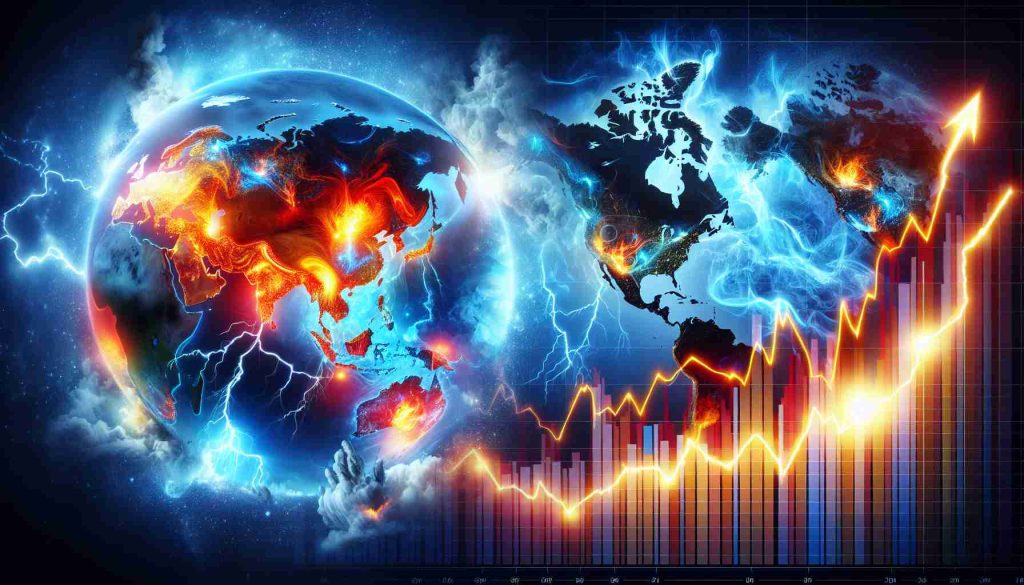The ongoing conflict in the Middle East has caused a significant surge in crude oil prices, heightening concerns about potential inflation spikes that could limit interest rate cuts.
Market analysts emphasize that while oil prices have seen a notable increase, they are still below annual peaks and mainly offsetting September’s declines. However, there are warnings that the situation could worsen if Israel targets Iranian oil facilities or if Iran chooses to block the strategically vital Strait of Hormuz, through which 20% of the world’s oil supply passes.
Oil prices have become a barometer of the Middle Eastern conflict, reacting strongly to any signs of escalating tensions.
This week saw oil prices reaching up to $79 per barrel, the highest level since late August, triggered by US alerts of a potential Iranian attack on Israel. Although there was a slight moderation in prices following OPEC’s decision to proceed with production increases in December, they surged again amid fears of Israeli strikes on Iranian oil installations.
Market response was spurred by comments from President Joe Biden hinting at potential military action.
Looking ahead, uncertainties in the Middle East, stagnant demand, and OPEC’s production policies will determine oil price trends. Analysts urge caution, pointing out that the recent price hikes are merely balancing out previous drops and the oil market still remains below recent highs.
While looming geopolitical risks persist, the global economic landscape and production dynamics are also significant factors shaping the oil market outlook. Adjustments in response to these factors will be crucial to maintaining stability in energy prices.
Global Tensions Escalate: Impacts on Energy Prices Unveiled
The recent surge in crude oil prices following Middle East conflicts has underscored the volatility of the energy market. While the ongoing tensions have certainly played a major role, there are other pertinent factors that can shape the future trajectory of oil prices.
What are some key questions that need answers?
– How might geopolitical tensions impact global energy security?
– What role do emerging energy technologies play in mitigating price fluctuations?
– How can international cooperation address the challenges posed by volatile energy markets?
Key Challenges and Controversies:
Amidst global tensions impacting energy prices, several key challenges and controversies emerge:
– Ensuring a balance between energy security and economic stability.
– Addressing the environmental implications of volatile energy prices.
– Navigating geopolitical dynamics to avoid widespread disruptions to energy supply chains.
Advantages and Disadvantages:
Advantages:
– Global tensions can incentivize investment in renewable energy sources.
– Increased awareness of energy-related geopolitical risks can prompt better policy planning.
Disadvantages:
– Volatile energy prices can lead to economic instability and inflation.
– Geopolitical conflicts can disrupt energy supply chains, leading to global shortages.
While the recent focus has been on the Middle East, it is essential to recognize that global tensions and their impact on energy prices are multi-faceted. As the world grapples with these challenges, collaboration and strategic planning will be essential to ensure energy security and price stability.
For more insights on global energy trends and geopolitical risks, visit Energy Department.
The source of the article is from the blog mendozaextremo.com.ar










More Stories
The Reimagined Renault 4: A Modern Icon
Market Predictions Signal a Shift in Investment Strategy
Consumer Guide: Supermarket Hours on National Spain Day